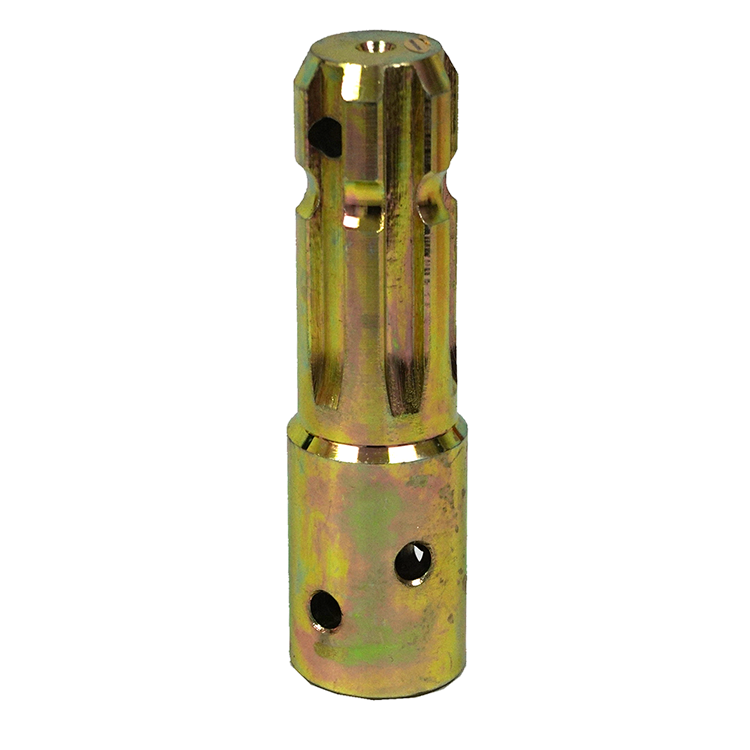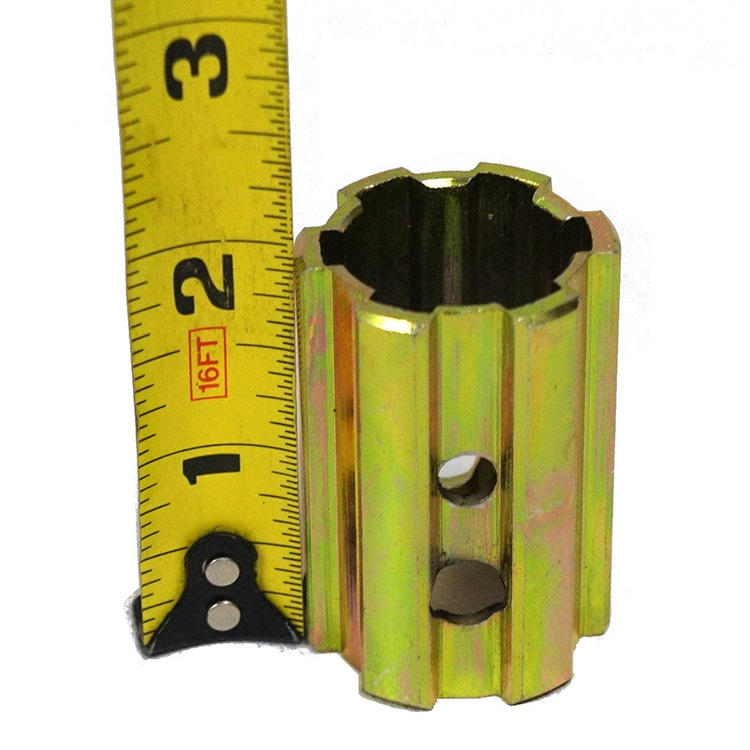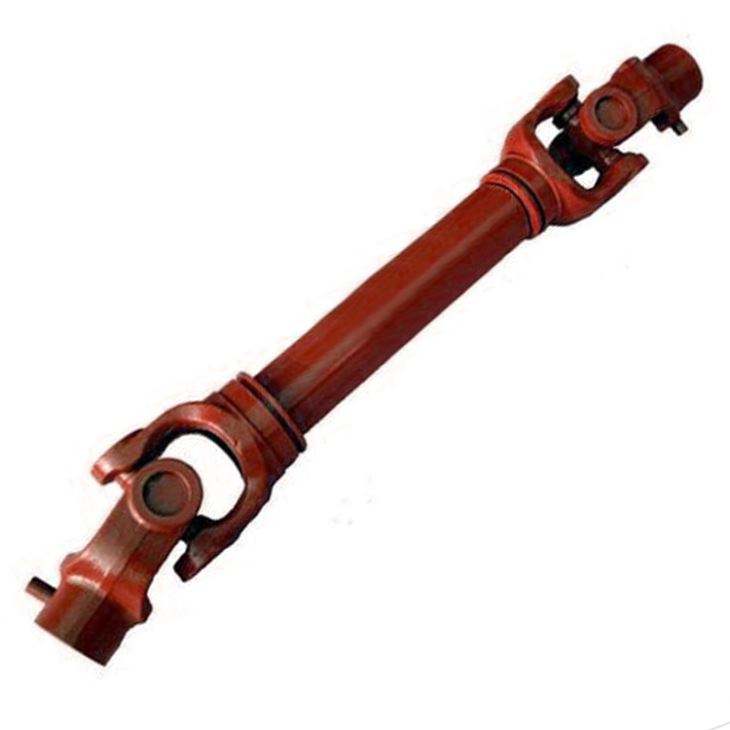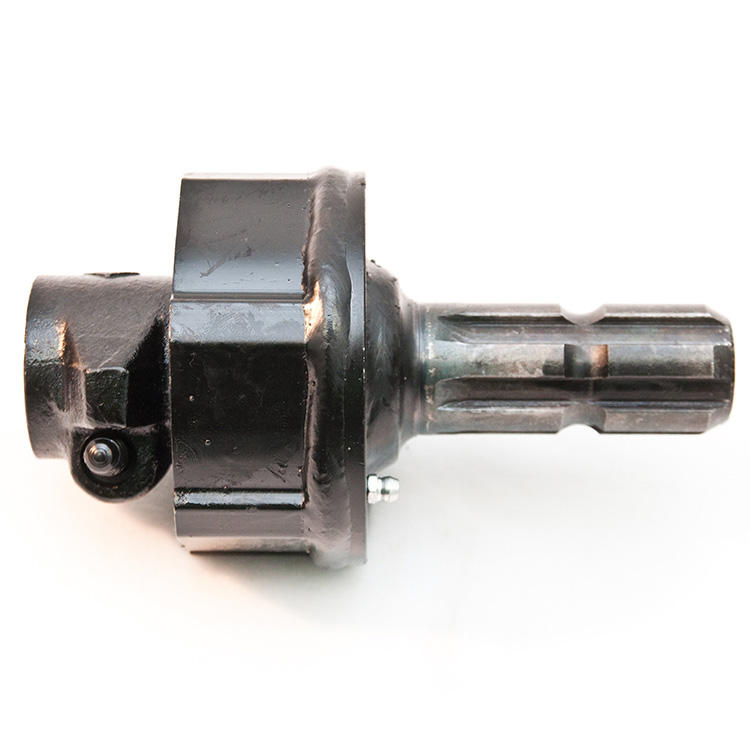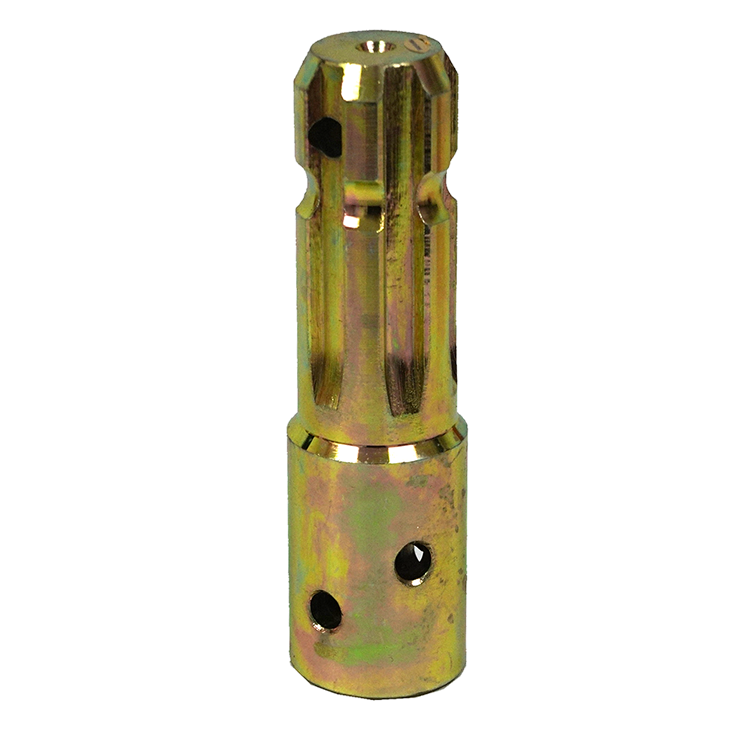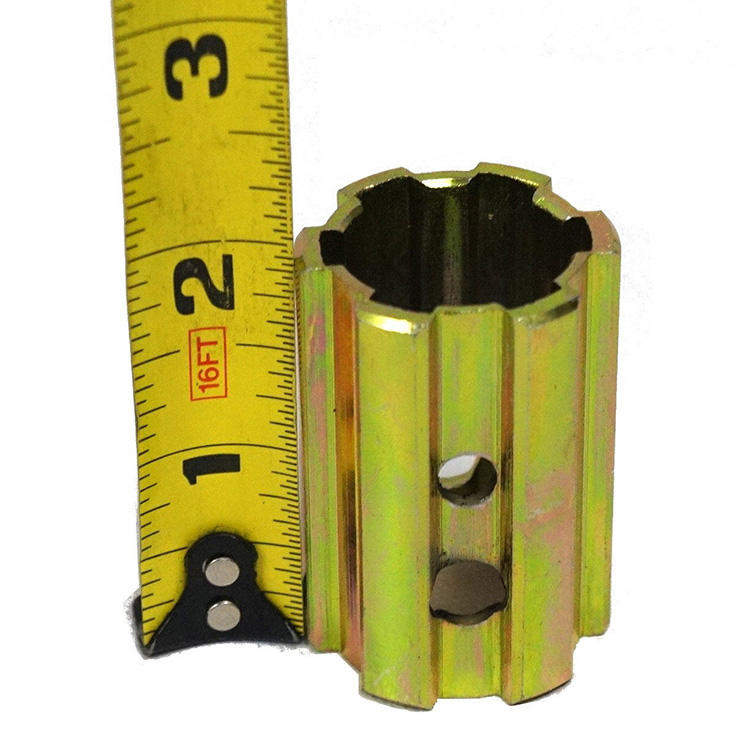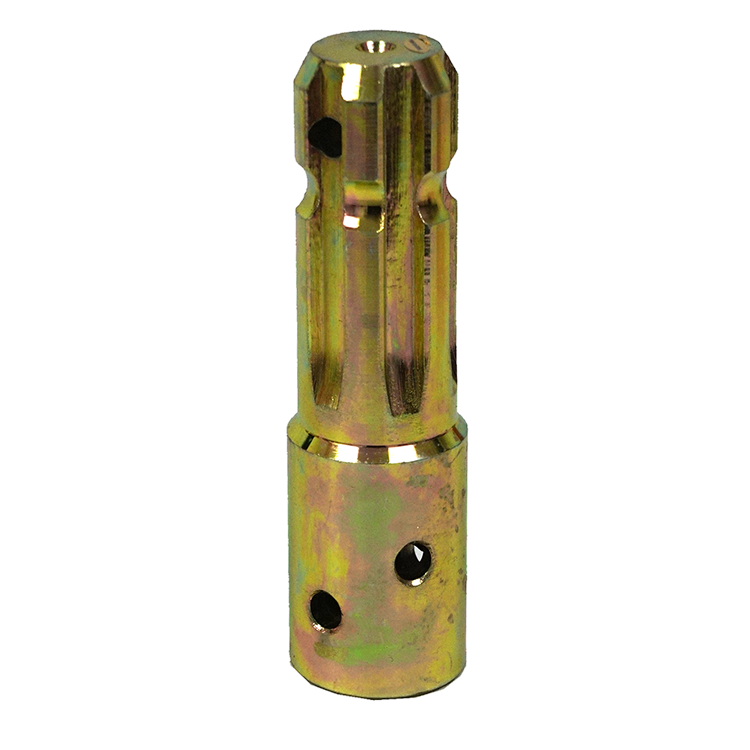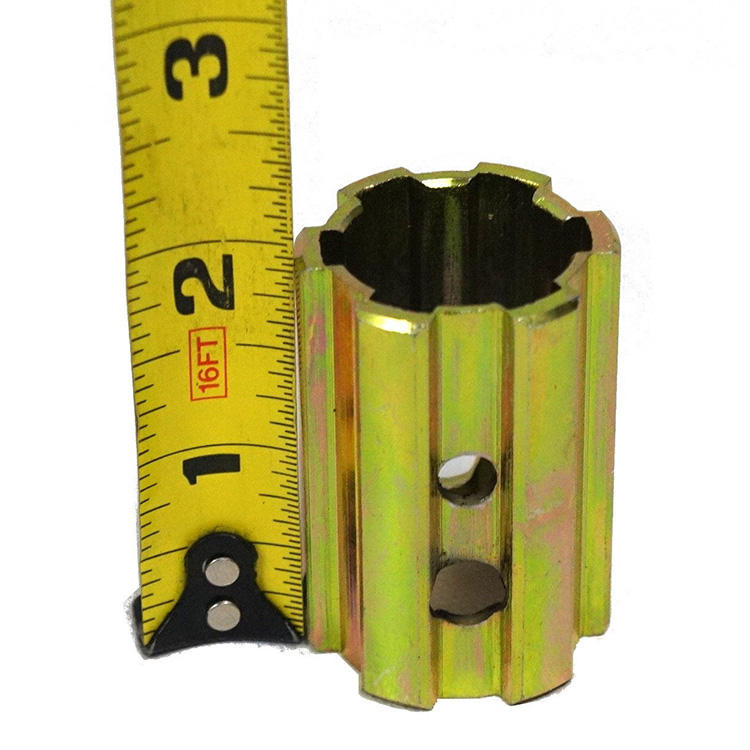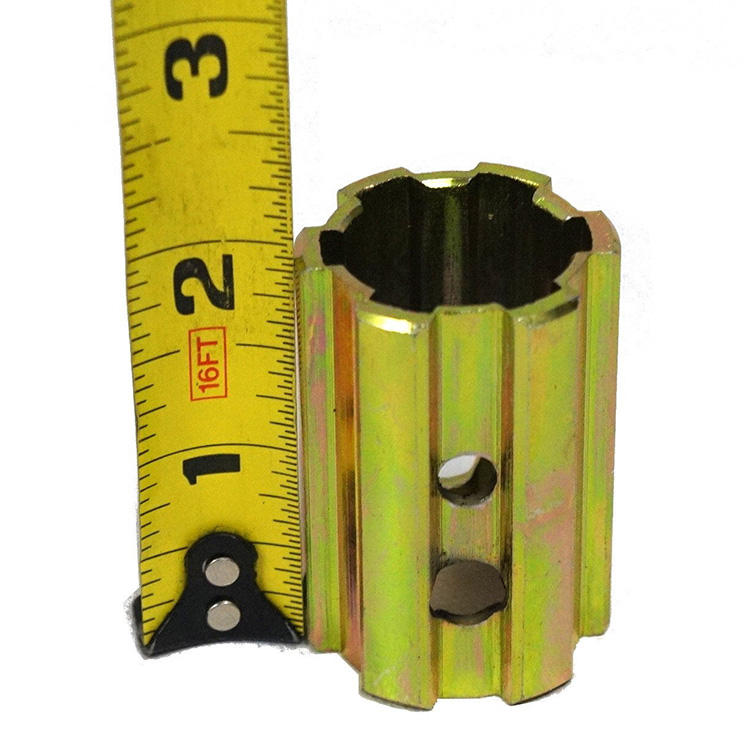A PTO shaft, or Power Take-Off shaft, is a mechanical component used to transfer power from a tractor or engine to an attached implement, such as a mower, baler, or tiller. It is a critical part of agricultural, industrial, and construction machinery, ensuring efficient power transmission for various tasks. PTO shafts are designed with safety, durability, and performance in mind, making them essential for equipment that requires rotational power.
PTO shafts come with several important features that enhance their functionality and reliability:
Below is a detailed table of common PTO shaft specifications to help you choose the right product for your needs. These parameters are based on industry standards and ensure compatibility with various implements.
| Parameter | Description | Common Values |
|---|---|---|
| Diameter | The outer diameter of the shaft tube, affecting strength and torque capacity. | 30 mm, 35 mm, 40 mm, 45 mm |
| Length | Adjustable or fixed length, measured in millimeters or inches. | 500 mm to 2000 mm (adjustable ranges) |
| Torque Capacity | Maximum torque the shaft can handle without failure, in Newton-meters (Nm). | 300 Nm, 500 Nm, 800 Nm, 1200 Nm |
| RPM Rating | Maximum rotational speed in revolutions per minute. | 540 RPM, 1000 RPM, 1500 RPM |
| Connection Type | Type of yoke or coupling used (e.g., splined, bolt-on). | 6-spline, 21-spline, 1-3/8 inch, 1-3/4 inch |
| Material | Construction material, typically carbon steel or alloy steel. | Carbon Steel, Alloy Steel with heat treatment |
| Weight | Approximate weight of the shaft, affecting handling and compatibility. | 5 kg to 20 kg depending on size |
PTO shafts are used in a wide range of applications across industries:
Here are some frequently asked questions about PTO shafts, answered in detail to provide clarity and assist with common concerns.
What is the standard RPM for a PTO shaft?
The standard RPM values for PTO shafts are 540 RPM and 1000 RPM, commonly used in agricultural machinery. Some modern applications may use 1500 RPM for higher power requirements. Always check your equipment manual to ensure compatibility.
How do I measure a PTO shaft for replacement?
To measure a PTO shaft, determine the length when fully extended and fully collapsed, note the diameter, count the splines on the ends, and check the torque and RPM ratings. Comparing these with the product specifications will help you find the correct replacement.
Why is a safety shield important on a PTO shaft?
A safety shield is crucial because it covers rotating parts, preventing entanglement accidents that can cause serious injury or death. Always ensure the shield is intact and properly installed before operation.
Can I use a PTO shaft with different spline counts?
No, using a PTO shaft with mismatched spline counts can lead to improper connection, increased wear, and potential failure. Always match the spline count and size exactly as specified by the machinery manufacturer.
How often should I lubricate a PTO shaft?
Lubricate the PTO shaft universal joints and sliding parts every 50 hours of operation or as recommended by the manufacturer. Regular lubrication reduces friction, prevents corrosion, and extends the shaft's lifespan.
What causes a PTO shaft to vibrate excessively?
Excessive vibration can be caused by misalignment, worn universal joints, unbalanced components, or improper installation. Inspect the shaft for damage and ensure it is correctly aligned and balanced to avoid further issues.
Are all PTO shafts adjustable in length?
Most PTO shafts are designed with a telescopic feature to adjust length, but some fixed-length versions exist for specific applications. Check the product description to confirm adjustability based on your needs.
What materials are best for PTO shafts in corrosive environments?
For corrosive environments, such as those with exposure to chemicals or saltwater, PTO shafts made from stainless steel or with special coatings like zinc plating offer better resistance and durability.
